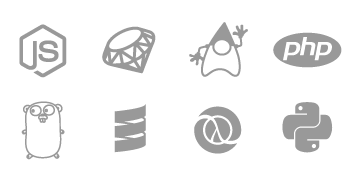
Heroku’s automated build system makes the build process seamless and fast for developers. To deploy an app, Heroku needs only three things from the developer: source code, a list of dependencies, and a “Procfile” (a text file that indicates which command should be used to start the code running). The build system takes the application, its dependencies, and the language runtime and produces a “slug.” A slug contains everything needed to run the app, except for the operating system.
Heroku starts the app by deploying the slug to a dyno (or set of dynos) and invoking a command specified in the Procfile.

Heroku is a polyglot platform with first-class support for eight languages and an extensible build system that supports many more. The build system will include the appropriate assets for each language. For example, if an app is written in Go, the slug will contain compiled Go binaries. For an app deployed in Ruby, it will contain Ruby code, gemfile dependencies, and a Ruby runtime.

Heroku Buildpacks allow developers to extend Heroku’s build system to support other languages or customizations.

The final component needed to run an application is the operating system. On Heroku, this is called the “stack”—an operating system image curated and maintained by Heroku. The stack is based on Ubuntu, the open source Linux distribution.
Thanks to Heroku’s built-in support for Node.js, we can improve performance by greatly reducing API calls to Salesforce and minimizing overhead on our main AngularJS app via a proxy app built in Node.js running on Heroku.

Ready to Get Started?
Stay focused on building great data-driven applications and let Heroku tackle the rest.
Sign Up Now